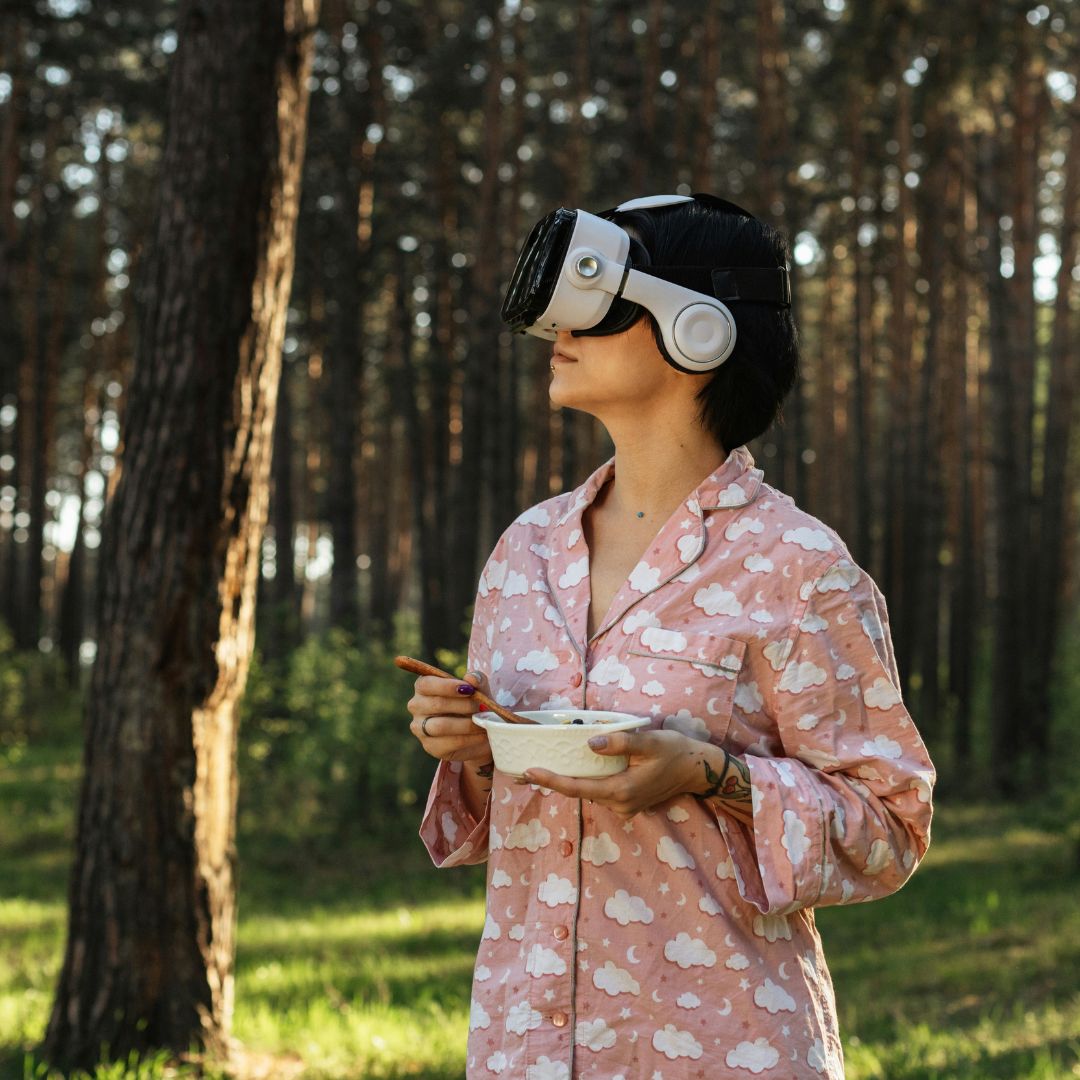What will people eat in 100 years?
2024. 04. 19.

Let's look to the future
It is important to say at the outset that our following article is only an assumption. They predicted the future 100 years ago, with more or less success. At the beginning of the 20th century, when automobiles appeared, scientists predicted that men's legs would atrophy by the end of the century. This did not happen, but the fact is that we sit much more than before.
It is important to see that all reflection looks into the future only on the basis of current processes.
Sustainable consumption
The population of the Earth in 2024 will be more than 8 billion people. Basically, there would be no problem with that. Our current knowledge and the technologies at our disposal would allow us to feed so many people. The problem is with distribution. In more developed countries, 30% of the food produced ends up in the trash. In some countries, however, the population is suffering from famine.
We live in thoughtless hedonism. A lot of people suffer from obesity. Not to mention the other associated health problems. The man of the future must eat more consciously.
Another problem is that the production of food emits a lot of greenhouse gases. This leads to climate change, which is difficult for certain plant species to tolerate. Coffee production, for example, is becoming unsustainable to such an extent that, according to some estimates, our favorite morning drink may completely disappear by 2080.
What can humanity do now?
Reducing meat consumption can greatly improve our situation. Producing 1 calorie of beef releases 30 times as many greenhouse gases into the atmosphere as the same amount of tofu. Changing our consumption habits is difficult. Our relationship with food is partly cultural and partly emotional.
Openness to new things will be essential in the future.
The problem is with the way meat is produced, not specifically with meat consumption.
Insects on the menu
An alternative solution may be to look for other sources of protein. Amazingly, 2 billion people now eat insects on a daily basis. The average Hungarian, on the other hand, shivers at the thought.
Despite this, there are already a lot of insects on our menu against our will, the food industry likes to use them as colorants.
The impact of insect protein production on our planet is negligible. In terms of nutritional value, it also has much better parameters than any meat produced for human consumption today.
Plant-based foods and precision fermentation
As long as we make friends with the grasshopper hamburger, perhaps there is a more acceptable alternative, the consumption of plant-based "meats". The taste of Beyond Meat, which is a hamburger patty made mainly from peas, beets and potatoes, is similar to beef.
A different kind of solution is precision fermentation. That is, laboratory meat and fish produced from this process. During the procedure, animal stem cells are mixed with a liquid called medium in a glass container. This liquid consists of minerals and trace elements. All the conditions that the stem cell needs to start growing are present. The resulting biomass is mixed with vegetable proteins to give the meat structure and support. The process takes place in a completely closed and sterilized system.
A huge advantage can be that the meat produced in this way is free of toxins, hormones and microplastics. It is also in its favor that this procedure does not require large areas of land. The disadvantage, however, is that the procedure is still rudimentary and expensive. Not suitable for mass production at the moment. However, by the end of the century, this procedure will certainly be the solution to many problems.
What awaits us?
Is it conceivable that in the future we will have to kill fewer living animals, use fewer vehicles…?
How many of the above speculations will be realized in the future, we will publish another article in 2124. Follow us on Facebook so you don't miss out!
 Austria
Austria
 Belgium
Belgium
 Bulgaria
Bulgaria
 Croatia
Croatia
 Czech Republic
Czech Republic
 Denmark
Denmark
 Estonia
Estonia
 Finland
Finland
 France
France
 Germany
Germany
 Greece
Greece
 Hungary
Hungary
 Ireland
Ireland
 Italy
Italy
 Latvia
Latvia
 Lithuania
Lithuania
 Luxembourg
Luxembourg
 Netherlands
Netherlands
 Poland
Poland
 Portugal
Portugal
 Romania
Romania
 Slovakia
Slovakia
 Slovenia
Slovenia
 Spain
Spain
 Sweden
Sweden




